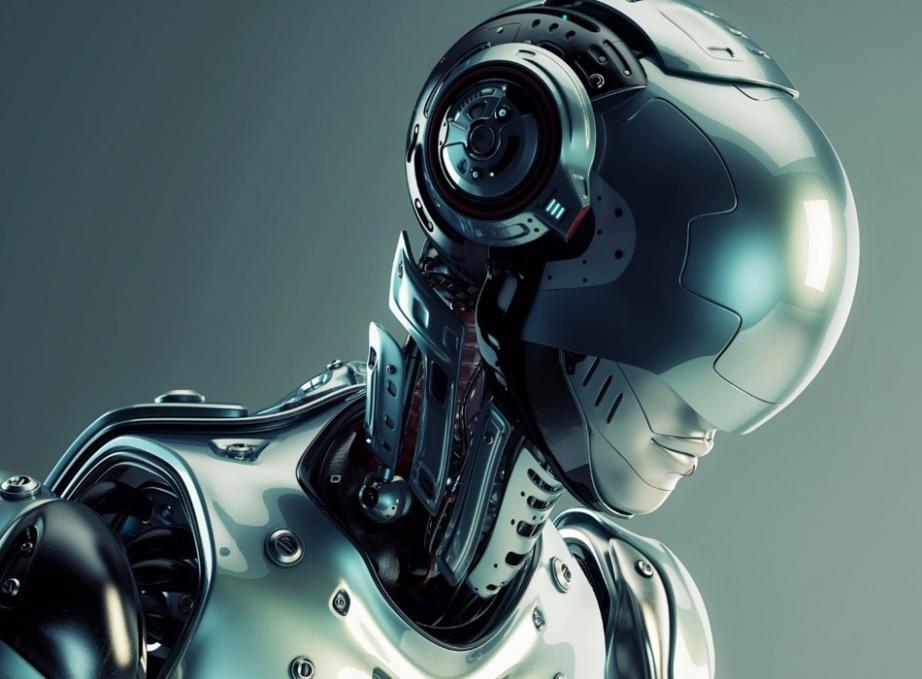What are the Ethical Considerations When Using Computer Vision in Restaurants?
Computer vision is a rapidly evolving field that is finding applications in a wide range of industries, including the restaurant industry. Computer vision systems can be used to automate tasks such as customer service, food preparation, inventory management, and security. While these systems have the potential to improve efficiency and productivity, they also raise a number of ethical concerns.

Ethical Considerations
Privacy
One of the biggest ethical concerns about computer vision in restaurants is privacy. Computer vision systems collect data about customers, including their appearance, behavior, and interactions with the restaurant environment. This data can be used to track customers, target them with advertising, or even identify them without their consent.
- Data collection and storage: Computer vision systems collect vast amounts of data, including images, videos, and sensor data. This data can be stored for long periods of time, creating a detailed record of customers' activities.
- Consent: Restaurants need to obtain informed consent from customers before collecting their data. This means providing customers with clear and concise information about how their data will be used and stored.
- Data anonymization: Restaurants should anonymize customer data whenever possible. This means removing any personally identifiable information, such as names, faces, or license plate numbers, from the data.
Bias
Another ethical concern about computer vision in restaurants is bias. Computer vision algorithms are trained on data, and if the data is biased, the algorithms will also be biased. This can lead to unfair or discriminatory outcomes for customers, such as being denied service or being charged higher prices.
- Algorithmic bias: Computer vision algorithms can be biased against certain groups of people, such as people of color, women, or people with disabilities. This can lead to unfair or discriminatory outcomes for these groups.
- Impact on employees and customers: Computer vision systems can have a negative impact on employees and customers. For example, employees may feel like they are being constantly monitored, and customers may feel like their privacy is being invaded.
Transparency
Finally, computer vision systems in restaurants need to be transparent. Restaurants need to be transparent about how they are using computer vision technology and what data they are collecting. They also need to be responsive to feedback from customers and employees about the use of computer vision.
- Communication with stakeholders: Restaurants need to communicate with stakeholders, including customers, employees, and regulators, about how they are using computer vision technology.
- Accountability: Restaurants need to be accountable for the use of computer vision technology. This means having clear policies and procedures in place for the collection, storage, and use of customer data.
Best Practices For Ethical Use Of Computer Vision In Restaurants

There are a number of best practices that restaurants can follow to ensure the ethical use of computer vision technology.
Data Collection and Storage
- Obtain informed consent: Restaurants should obtain informed consent from customers before collecting their data. This means providing customers with clear and concise information about how their data will be used and stored.
- Anonymize data: Restaurants should anonymize customer data whenever possible. This means removing any personally identifiable information, such as names, faces, or license plate numbers, from the data.
- Limit data retention: Restaurants should limit the amount of time they retain customer data. This will help to reduce the risk of data breaches and misuse.
Algorithm Development and Deployment
- Test for bias: Restaurants should test their computer vision algorithms for bias before deploying them. This can be done by using a variety of techniques, such as cross-validation and demographic analysis.
- Monitor performance: Restaurants should monitor the performance of their computer vision algorithms over time. This will help to identify any problems with bias or accuracy.
- Continuously improve algorithms: Restaurants should continuously improve their computer vision algorithms. This can be done by retraining the algorithms with new data and by incorporating new features.
Communication and Transparency
- Educate stakeholders about computer vision: Restaurants should educate stakeholders, including customers, employees, and regulators, about computer vision technology. This will help to build trust and understanding.
- Provide clear explanations of how data is used: Restaurants should provide clear explanations of how customer data is used. This will help customers to make informed decisions about whether or not to consent to the collection of their data.
- Be responsive to feedback: Restaurants should be responsive to feedback from stakeholders about the use of computer vision technology. This will help to ensure that the technology is used in a responsible and ethical manner.
Conclusion
Computer vision technology has the potential to revolutionize the restaurant industry. However, it is important to use this technology in an ethical and responsible manner. By following the best practices outlined in this article, restaurants can ensure that they are using computer vision technology in a way that respects the privacy, rights, and dignity of their customers.

YesNo

Leave a Reply